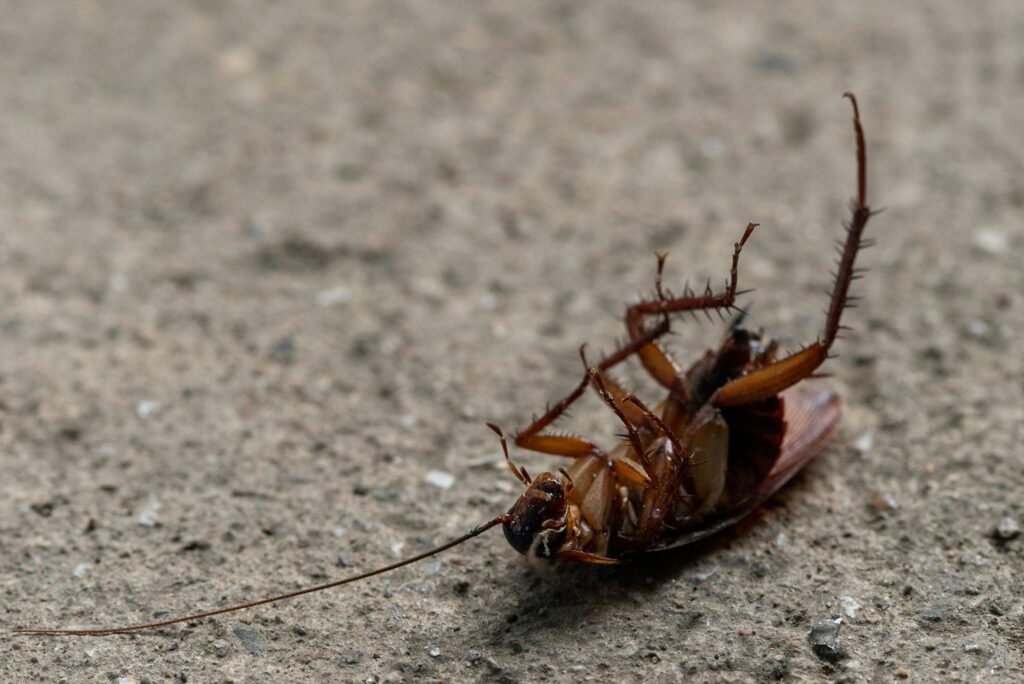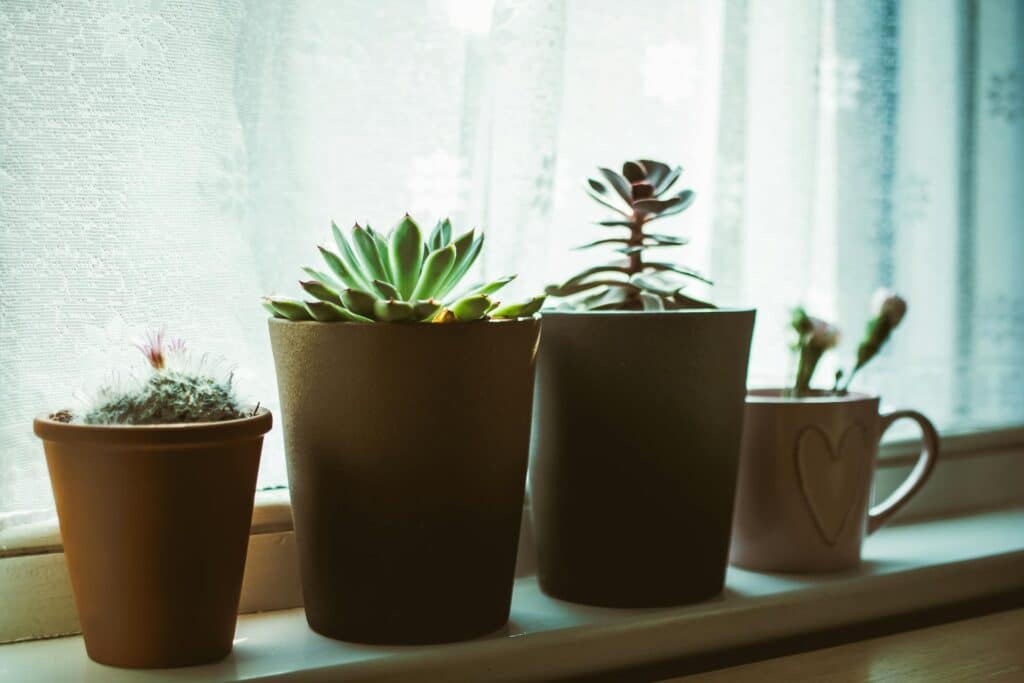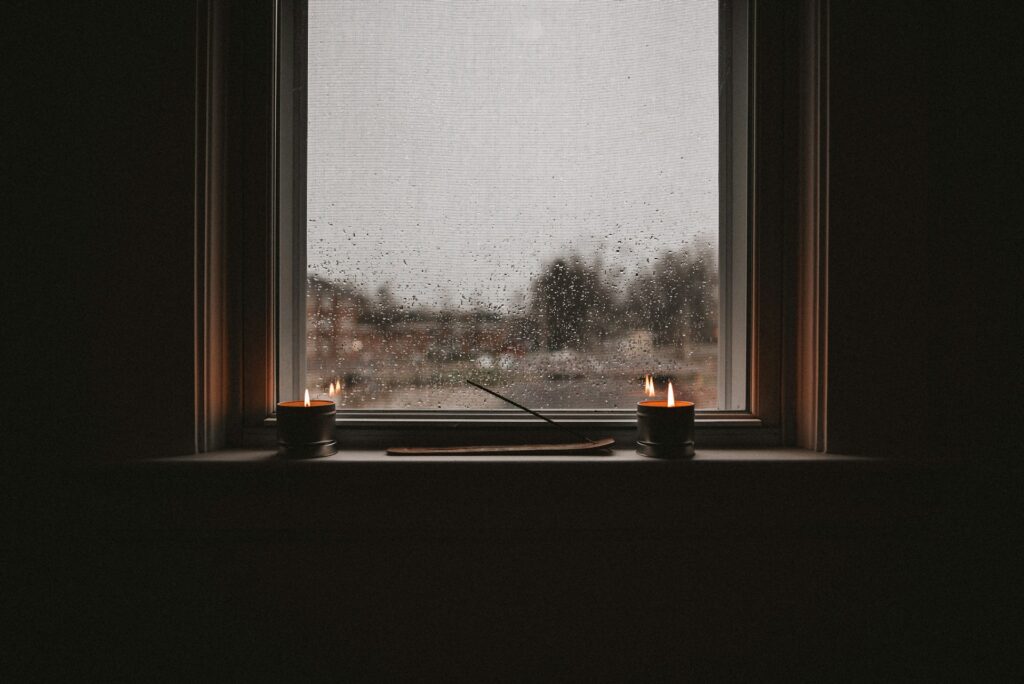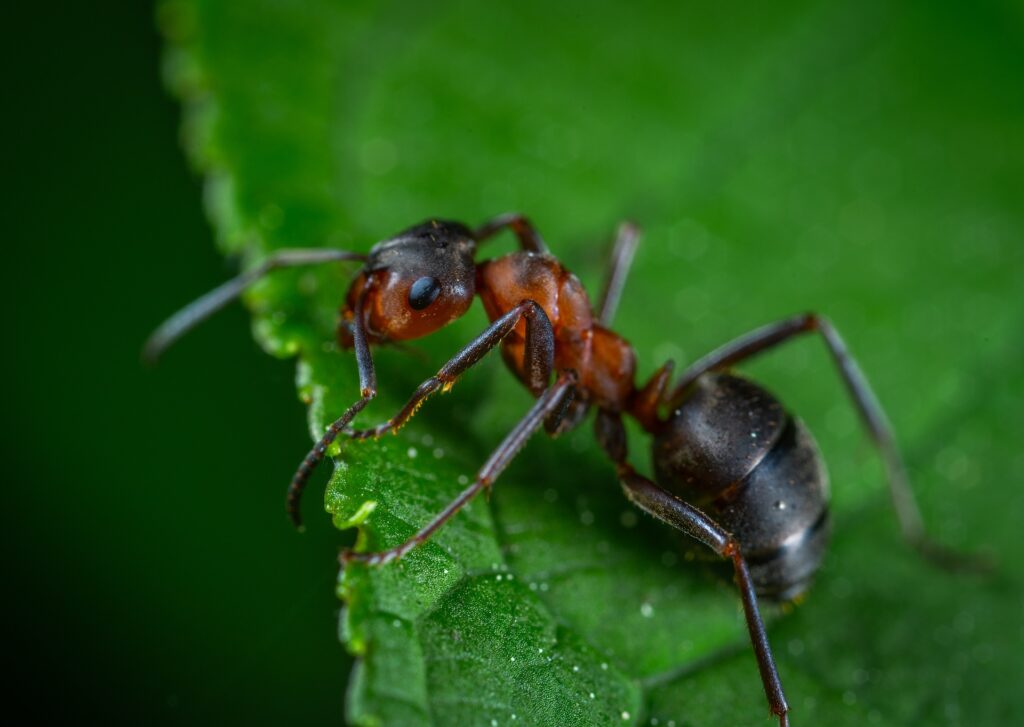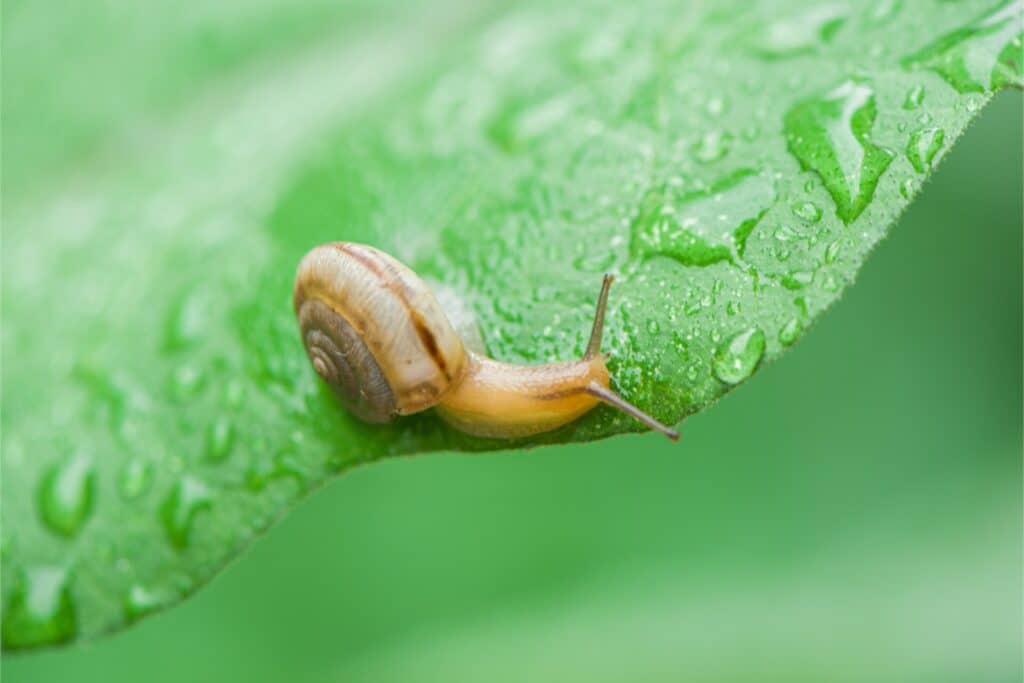Have you ever spotted something unusual in your rice? What about in your flour? It looks like a dark spot—almost black and unmoving. But on closer inspection, it’s some kind of insect. Chances are, it is what’s called a rice weevil.
Also known as Sitophilus oryzae, rice weevils are common pests in homes and businesses that store food. Although they’re small, their impact is mighty. They can damage the food they infest and make it unsuitable for consumption.
In this guide, we’ll walk you through what exactly these creatures are – how to identify, prevent, and eliminate them should you experience an infestation. We’ll also discuss the benefits of pest control for weevils and how professional assistance can help you keep these nasty beetles under control.
What Are Rice Weevils?
Rice weevils are small, dark-colored beetles. They are considered pests in homes and agricultural areas because they damage the food items they reside in. Weevils tend to seek out grains and seeds—that’s how they got their name.
While similar to maize weevils, rice weevils are slightly smaller. Adult rice weevils can fly, which makes it easier for them to spread quickly. They live for up to two years, and a single female can lay up to 300 eggs during her lifetime.
How to Identify Rice Weevils
Before you can take action to eliminate these pests, you’ll need to make sure it’s rice weevils you’re dealing with. Rice weevils can be tricky to spot because they are small and blend in with the food they infest.
What Do Rice Weevils Look Like?
Rice weevils are tiny, but they have a unique look that makes them relatively easy to identify accurately once you find them. If you see one, you can use the characteristics below to determine whether it’s a rice weevil or another type of insect.
Here’s what to look for:
- Check the color of the pest: Rice weevils are mistaken for other grain pests due to their dark coloring. On closer inspection, you’ll notice they are a deep brown or nearly black. This coloring helps them blend in with some of the grains they infest, making it harder to spot them at a passing glance.
- Look for a long, distinctive snout: It’s one of the rice weevil’s most obvious and defining characteristics. It’s called a rostrum, and it’s about one-third of the length of their body. The female rice weevil uses the rostrum to dig into grains to lay her eggs. The snout has strong mandibles at the end, which are crucial for this task. If the insect you’ve found doesn’t have a rostrum, it may be a flour beetle or moth.
- Find four red or orange spots on the insect’s wings: The spots are arranged in a cross pattern on the wing covers (known as elytra). They are subtle, but you should be able to see them with your naked eye. The spots can help you distinguish rice weevils from similar pests, like the maize weevils. The maize weevil has a similar appearance but is a little larger and generally has different coloring on its elytra.
- Measure how long the beetle is: Rice weevils are very small—adults are between 3 and 4.6 millimeters in length. Their size can vary, but usually, they are no bigger than a grain of rice. This helps them camouflage among rice even when an infestation becomes severe. It also allows them to burrow inside grains.
- See whether the insect can fly: Although rice weevils can fly, you’ll often spot them crawling, especially around light sources like windows.
What Do Infested Grains Look Like?
Another way to identify rice weevils is to examine the grains themselves. Do they have tiny holes in them? Do they seem hollow? If so, larvae may have burrowed inside and eaten the grain.
You might also see dust or small grain particles at the bottom of your storage containers. This suggests that the rice weevils are actively feeding.
5 Ways to Prevent Weevils
Once you’ve confirmed that rice weevils are the problem, the next step is to stop them from causing more damage. Below are some of the best methods you can try.
1. Inspect Before You Store
Whether you buy in bulk or small quantities, inspect all grains, rice, and cereals before putting them away in your pantry. If you spot damaged kernels or even the beetles themselves, throw the product away. Avoid tossing the infected grain in your kitchen bin. Take it outside to your bigger trashcan to reduce the risk of weevils spreading.
2. Store Grains the Smart Way
Don’t leave your rice and other grains in the cardboard or thin plastic packages these pests come in. Instead, they should be transferred into strong, airtight containers. Glass and metal are ideal, but thick plastic also works. Weevils are determined pests that can chew through cardboard and some plastics, so these materials aren’t ideal for longer-term storage.
3. Keep Moisture to a Minimum
Moisture attracts pests like weevils. Make sure your pantry or storage area is dry, as rice weevils thrive in humid environments. You could even consider adding a dehumidifier to your pantry. Clean up any spilled grains right away, too.
4. Freeze Before You Store
Rice weevil eggs are almost impossible to spot in a new packet of rice. If you’ve had problems with rice weevils before, don’t take any chances. Freeze the grain for a couple of days to kill any eggs.
5. Use What You Have
The longer you store grains, the more vulnerable they become to infestation. So if you can, avoid buying products like rice in bulk. Purchase smaller quantities and use them up before restocking your pantry. This tip can also help you minimize food waste and save money.
4 Easy Steps to Get Rid of Weevils
If you already have a rice weevil infestation, you must act quickly to prevent further damage. You can get rid of weevils by following these simple steps:
Step 1: Throw Away Infested Food
The first and most important step is to throw away any infested grains. It may feel like a waste—particularly if you’ve purchased food in bulk—but there’s no way to remove all the insects and eggs thoroughly. Remember, weevils can lay eggs inside the kernels, so it’s not worth trying to salvage the contaminated food.
Step 2: Deep-Clean Your Pantry
After removing the infested food, clean your pantry. Vacuum your shelves, being sure to get right into the corners to remove any weevil eggs, larvae, or adult weevils.
Weevils can hide in small cracks and gaps in your pantry shelves or walls. Use a brush attachment on your vacuum or a small brush to clean these areas. If possible, seal any gaps or cracks to prevent weevils from re-entering or finding new hiding spots.
To finish, disinfect the area with a mild detergent.
Step 3: Freeze Any Remaining Grains
If you suspect some grains may be infested but aren’t quite sure, freeze them for several days to kill any eggs or larvae.
Step 4: Contact the Professionals
If rice weevils are becoming too much to handle, contacting a professional pest control company can be a smart move. Follow their personalized solutions and give yourself peace of mind.
Benefits of Working with a Professional Pest Control for Weevils
Sometimes, rice weevil infestations can get out of control. In these instances, professional pest control services may be the only way to get rid of them. Pest control for beetles or weevils involves using targeted methods to eliminate pests and manage future infestations.
Here’s what you can expect from professional pest control services:
- A licensed pest control professional will inspect your home to confirm whether you have a rice weevil problem. They’ll assess the severity of the infestation and determine the best course of action.
- In some cases, pest control companies might recommend chemical treatments. Insecticides and fumigation can kill weevils. In other cases, they might suggest non-chemical solutions to stop future infestations. You are in full control and can choose the best path forward for your family.
- After treatment, pest control professionals might recommend follow-up inspections to ensure the problem is completely resolved.
Partner with Aptive to Protect Your Home from Rice Weevils
Rice weevils are a persistent pest, but you can manage the problem with the right knowledge. However, if your rice weevil infestation has escalated, a professional pest control service might be the only way to achieve the results you desire.
Reach out to our friendly team today for more information. Alternatively, build your plan and request a quote online now. We’d be more than happy to assess your situation and build a personalized pest control strategy for your home.

